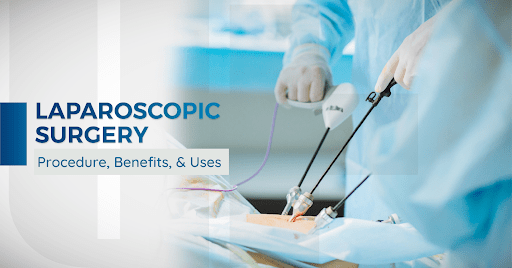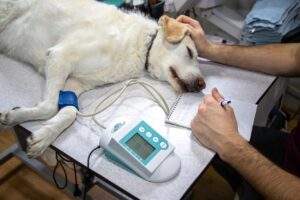Laparoscopy: Procedure, Benefits, & Uses

Laparoscopy is a surgical procedure that makes use of a narrow tube known as a laparoscope. The function of this tube is similar to a telescope. Laparoscopes require very little incision. Therefore, laparoscopy is also known as a minimally invasive procedure. With laparoscopy, the surgeon can look inside the patient’s abdomen to diagnose various medical conditions. This surgical procedure is also used to take a biopsy (tissue sample) for testing. Laparoscopy is a safer and cost-effective option than all other types of surgeries. Doctors analyze the following organs during this procedure.
- Stomach
- Liver
- Appendix
- Fallopian Tube
- Pelvic Organs
- Spleen
- Liver
- Pancreas
- Uterus
By looking at the above area, the physician can detect liver disease, tumor, cancer, endometriosis, tissue mass fallopian tube blockage, and other causes of infertility. In fact, researchers have found laparoscopy as the most effective way to identify gynecological disorders. If you are experiencing any infertility issues, you can search for the best laparoscopy clinic and increase the chances of getting pregnant.
Generally, laparoscopy is used to diagnose the principal cause of abdomen pain when imaging techniques like CT scan, MRI scan, Ultrasound, and X-Ray fail to provide sufficient information.
How is Laparoscopy done?
During this procedure, surgeons make a small incision (around 1 to 1.5 inches) around the belly area. Then he inserts a laparoscope(a thin tube with a camera) and Carbon dioxide gas in your abdomen. Gas is injected to inflate your abdomen so that doctors can have a closer look at reproduction or other organs. Images of internal organs are seen on TV monitors in the operation theater. If a physician wants to remove endometriosis, appendix, or do a biopsy, another hole is made in the abdomen to insert the instruments.
If laparoscopy is used to diagnose the medical condition, it takes 30 minutes to 1 hour. However, if doctors use this procedure to perform surgery, it may take several hours.
After Laparoscopy
The patients often experience nausea or vomiting after laparoscopy. But, these symptoms are just short-term. Most people have to stay a day after the laparoscopy in the hospital or until the effect of anesthesia disappears. However, if the patient’s condition is quite complex, they may have to stay for a few days or a week. The patient can’t drive on their own immediately after getting discharged from the clinic. And they need to take a few days to rest at home to recover completely.
Advantages of Laparoscopy
- Laparoscopic surgery prevents blood loss as the size of the incision is very small. In laparoscopic surgery, you rarely require a blood transfusion.
- Also, it’s less painful than open surgery, and its healing process is fast enough. You do not have to take painkillers for a long time.
- Due to smaller incisions, very small scars will appear on the tummy after surgery.
- The risk of infection after surgery is also less in laparoscopy procedures. It is because the internal organs of the body are less exposed to external contaminants.
- You do not have to stay very long in the hospital and get discharged within two days.
- The recovery time is less. Generally, the patients recover within 2 to 3 weeks after laparoscopic surgery.
Uses of Laparoscopy
Laparoscopy is used to diagnose tumors, blockages, and infections in people who experience severe abdominal pain. This surgical procedure is also employed to diagnose and treat women’s infertility issues. Laparoscopic surgery is applied to fix the blemished fallopian tube, which increases the success ratio of IVF treatment. Endometrial is another major cause of women’s infertility and can be treated by laparoscopy. This medical procedure is also employed to remove fibroids and ovarian cysts in women.
Wrapping Up:
If you are experiencing chronic abdominal pain, infertility issues, stomach cancer, liver disease, heavy menstruation, kidney stones, gallstones, appendicitis, etc., your doctor may recommend you to undergo laparoscopic surgery. Don’t panic. Laparoscopy is the safest and minimally invasive surgery that helps you recover soon and get back to life.







